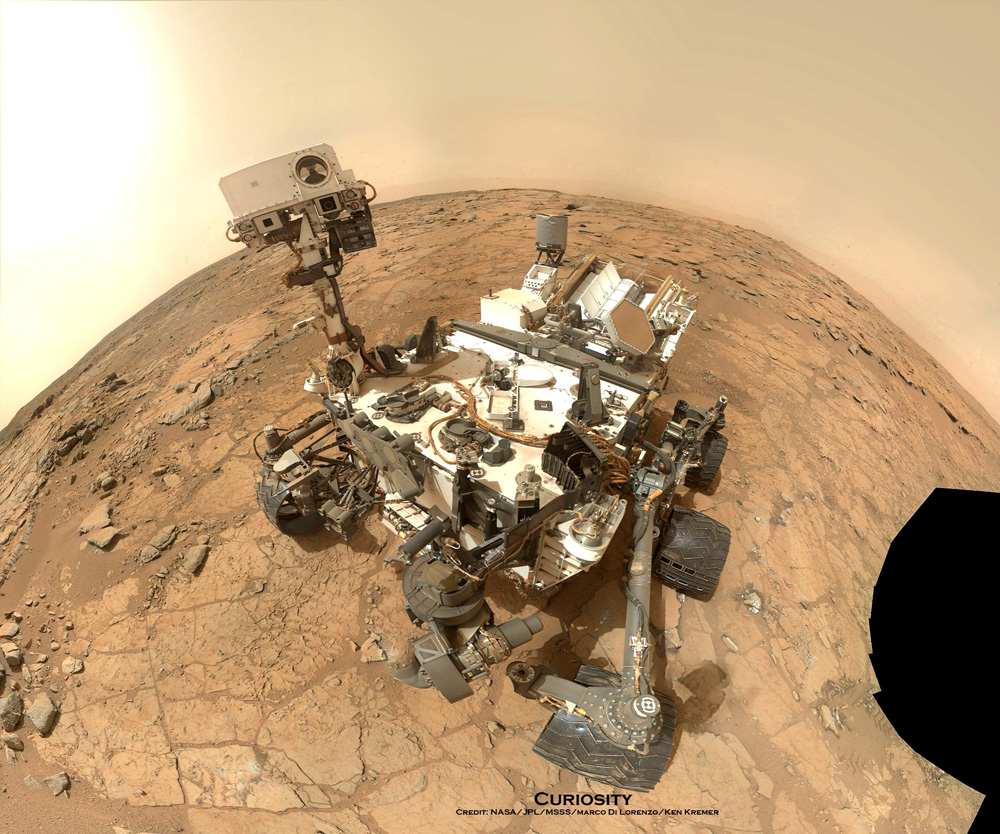
NASA's Mars rover Curiosity rebooted its software after an unexpected glitch late last week, but the six-wheeled robot is now doing fine on the surface of the Red Planet, NASA officials say.
The reboot — also known as a "warm reset" — occurred on Thursday (Nov. 7), less than five hours after Curiosity's handlers had uploaded new flight software to the 1-ton rover. It was the first time Curiosity had experienced such a fault-related reboot since landing on Mars in August 2012, officials said.
"Telemetry later downlinked from the rover indicates the warm reset was performed as would be expected in response to an unanticipated event," Curiosity project manager Jim Erickson, of NASA's Jet Propulsion Laboratory in Pasadena, Calif., said in a statement.
Warm resets are triggered when a spacecraft's flight software identifies a problem with one of its operations. While mission team members are still working to figure out what exactly happened, the glitch does not appear to pose any serious problems.
"So, that happened. Had a warm reset yestersol. I'm healthy. Spending the weekend awaiting new instructions," NASA officials said Friday (Nov. 8) via Curiosity's official Twitter feed, @MarsCuriosity. (A "sol" is one Martian day, which is about 40 minutes longer than a day here on Earth.)
The 1-ton Curiosity rover touched down inside Mars' huge Gale Crater on Aug. 5, 2012, kicking off a planned two-year surface mission to determine if the Red Planet has ever been capable of supporting microbial life. The robot has already achieved that goal, finding that an area near its landing site called Yellowknife Bay was indeed habitable billions of years ago.
Curiosity is now on its way to the towering Mount Sharp, which rises 3.4 miles (5.5 km) into the Martian sky from Gale Crater's center. Mission scientists want the rover to climb up through Mount Sharp's foothills, reading the history of Mars' changing environmental conditions as it goes.
Sign up for the Live Science daily newsletter now
Get the world’s most fascinating discoveries delivered straight to your inbox.
The trek from Yellowknife Bay to the base of Mount Sharp covers about 5.3 miles (8.6 km). Curiosity embarked upon this journey in early July and is about one-third of the way to the mountain, which has been its primary destination since before the rover's November 2011 launch.
Follow Mike Wall on Twitter @michaeldwall and Google+. Follow us @Spacedotcom, Facebook or Google+. Originally published on SPACE.com.











